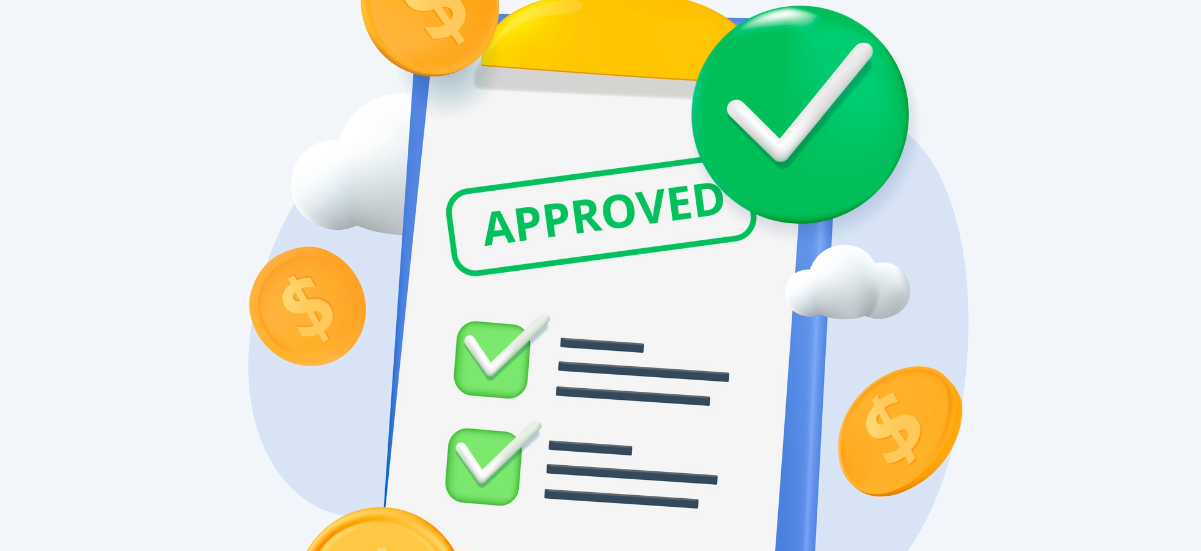Alternative lending continues to grow

Obtaining a bank loan for a small business can be difficult, especially for new companies without a financial history. Even if you meet strict credit and revenue requirements, the loan process still requires significant time and effort. As a result, many businesses are turning towards alternative lenders to avoid the hassle of securing conventional financing - and for good reason.
The origination for alternative lending truly began as a solution for businesses who needed to get a safe and quick loan post the Great Recession. Since then, the market space has continued to grow and demonstrate its ability to support the economy, even through its most recent financial crisis, COVID-19.
In fact, the global alternative lending platform market size was valued at $2.24 billion in 2021 and is expected to expand at a compound annual growth rate of 23.6% from 2022 to 2030. So what’s the secret?
Continue reading and better understand the alternative lending industry, its strengths compared to traditional lending, and whether this solution suits your small business.
History of the Alternative Lending Industry
“Alternative Lending” refers to a broad range of loan options outside conventional bank loans. The inception of alternative lending is traced back to peer-to-peer consumer loans during the 2008 economic crisis. During that period, nonbank lenders emerged to bridge the financial void that conventional financial institutions such as banks and credit unions left.
Since then, the industry has continued growing and has become a reliable method for businesses to gain cash flow even when traditional lending options no longer reliably approve loans.
If you look at the December 2021 Biz2Credit Small Business Lending Index, the approval rate for alternative loans was about 26%, while the big-bank loan approvals sat at 14.3%. And although the traditional bank approval rates dropped as a result of the COVID-19 slowdown in small business lending, even now, they are still struggling to get it past 13.3%. Meanwhile, alternative lending has continued to grow and is approaching a 30% approval rate.
The Strengths of Alternative Lending
Currently, alternative lending solutions have gained significant traction as a viable option for both consumer and small-business loans. These nonbank lenders may secure funds to lend to small businesses directly, facilitate connections between borrowers and investors, or collaborate with banks to initiate loan processes.
Unlike traditional lenders, who often depend on manual assessment methods for loan applications, alternative business lenders frequently harness digital data sources such as bank accounts, merchant accounts, or accounting software to analyze your financial situation and ascertain your creditworthiness.
According to a recent Grand View research report, these methods will continue to get faster through the advancement of AI and machine learning technology, giving alternative lending another significant advantage in efficiently and transparently onboarding customers.
Overall alternative lenders can penetrate the market due to their ability to provide effective and efficient loan services to underserved firms and individuals.
Alternative Lending Platforms Are Right for Your Business
Even though traditional banks still hold the largest market share for business lending, growth has slowed – suggesting an increased demand for alt lending platforms.
According to Insider Intelligence’s Small to Medium Business (SMB) Lending Report, SMBs make up nearly all private sector businesses in the US and employ 60% of all workers in the country. However, SMBs usually have trouble when applying for loans at incumbent banks and instead, turn to alternative lending platforms.
Alternative lending companies are positioned to threaten incumbent banks unless traditional banking institutions update their lending practices. Alt-lending technologies could potentially overhaul legacy processes and gain a more significant percentage of the overall market share.
Learn more about MicroBilt's short-term lending tools and solutions.
